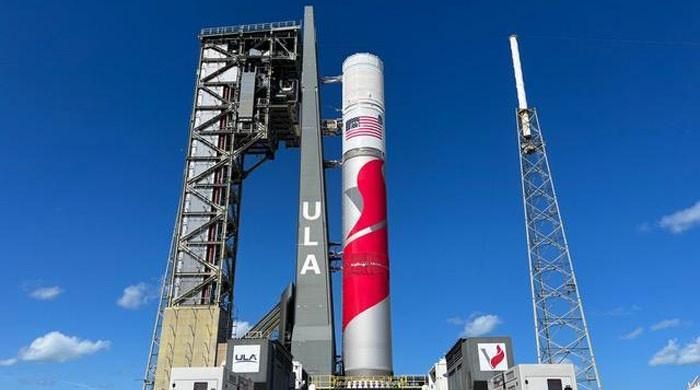The United Launch Alliance (ULA) launched the Vulcan Centaur rocket, carrying the National Aeronautics and Space Administration’s (Nasa) Peregrine 1 lunar lander, on Monday from Cape Canaveral, Florida.
This major milestone in United States space exploration could potentially be the first American moon landing in 50 years since the Apollo mission in 1972. It is also the first moon landing by a private company.
The Peregrine mission is not only a milestone in commercial spaceflight but also a crucial step in space exploration. It is scheduled to land on the moon on February 23, according to the Indian Times.
The lander carries scientific payloads, such as small robots from Mexico and physical bitcoins intended to collect valuable data about the lunar surface.
In a surprising move, the lander also carries the cremated remains and DNA of more than 200 people, including hair supposedly belonging to former US presidents George Washington, Dwight Eisenhower and John F. Kennedy.
Additionally, two companies, Celestis and Elysium Space, are launching space memorial missions aboard Peregrine. That includes DNA from legendary science fiction author Arthur C Clarke, as well as the cremated ashes of the creator of Star TrekGene Roddenberry and several members of his cast, including Nichelle Nichols, as reported by Gizmodo.
The president of the Narajevo Nation, the largest indigenous tribe in the United States, has expressed concern about the presence of cremated human remains on the lander, calling the mission a “desecration” of the Moon, which occupies a sacred site. in their culture.
The successful launch of the Vulcan Centaur marks a pivotal moment in space exploration that merges the boundaries between government-led and private-sector space missions.












